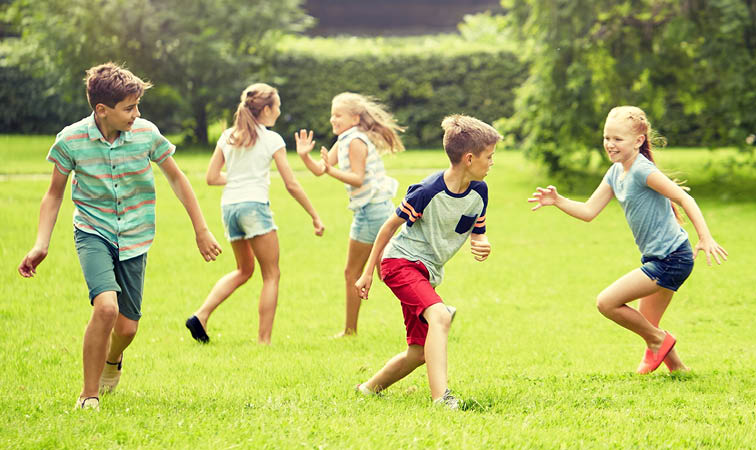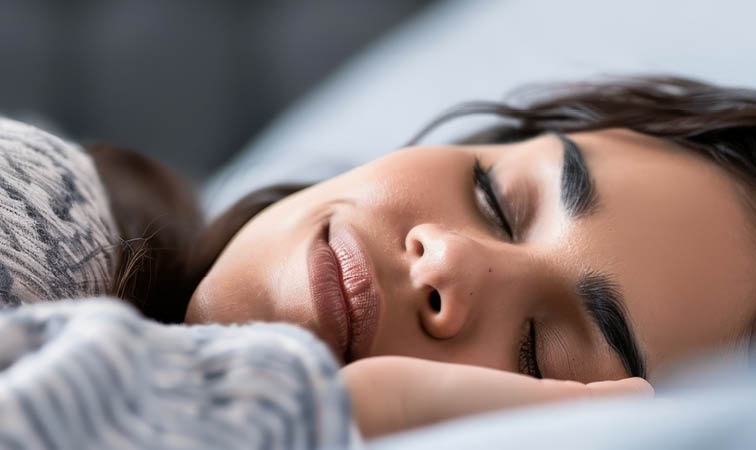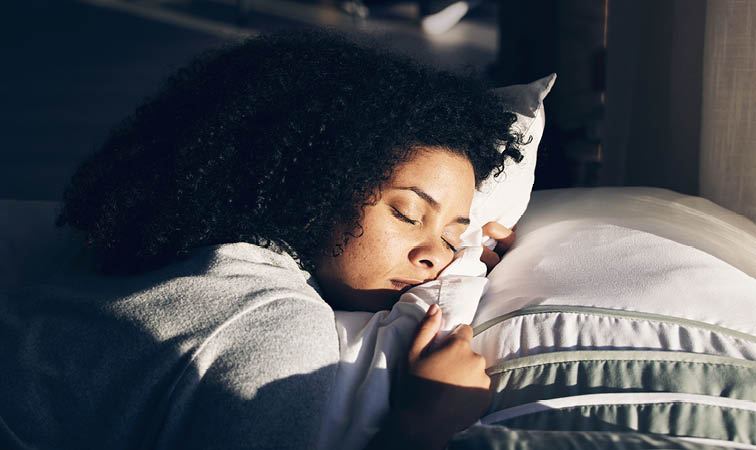About This Lesson
Movement is vital for maintaining physical health and enhancing happiness and overall wellbeing in your classroom. While physical activity has traditionally been viewed as a preventative measure to reduce risks like heart disease, anxiety, and depression, more recent studies have shown that it actively promotes positive mental health outcomes, including happiness.
Print and use this Movement for Happiness “Movement Snacks” poster and display in your classroom, office, or space. It’s a great visual cue and reminder to take regular Movement breaks throughout the day! Refer to the poster to let your students gain some inspiration for what motivates them to move joyfully! Jump, play tag, or do yoga poses for a quick movement snack.
Here’s what you’ll get:
- 24x36 printable bulletin board
- 8.5x11 printable bulletin board
- Access to related lesson plans and a unit study
- Ideas for incorporating joyful movement into your classroom
Why you’ll love this activity:
*You can use the poster as a stand-alone activity or as part of a unit study
*This activity is easy to print and customize in your classroom or at home
*you can connect with others and prompt discussions around movement and wellbeing
Ways to Use
- Incorporate into SEL curriculum
- Integrate into small groups and/or individual counseling sessions
- Families can use this at home, too!
What is Movement for Happiness?
Movement for Happiness is a wellbeing practice that emphasizes the importance of joyful movement for mental and physical health. Engaging in joyful movement can immediately lift your mood, with no minimum amount of movement required to experience the positive effects. Over time, regular movement can lead to greater happiness and life satisfaction.
For autistic students, who are often less physically active, integrating daily movement breaks and reflections can be a powerful way to boost physical wellbeing and happiness. This wellbeing skill offers tools and strategies to help educators, students, and staff start incorporating movement into their lives and teaching others to do the same, promoting happiness both inside and outside the classroom.
Science of Movement for Happiness
Movement has been known to trigger the release of endorphins, the brain's "feel-good" hormones. These hormones promote mental health and mood enhancement, famously referred to as the "runner's high." Recent research has revealed that muscles also play a vital role in mood regulation. They secrete chemicals during movement that promote positive emotions, courage, and social connections, feeding the brain through the endocrine system.
The benefits of regular movement include:
- Higher levels of happiness
- Enhanced mood and immune function
- Improved sleep quality and duration
- Better cognitive and behavioral functioning
- Increased social inclusion and overall wellbeing for individuals with intellectual and developmental disabilities (IDD).
Looking for more Movement for Happiness Resources?
* Explore the free Movement for Happiness Unit Study, which includes teaching slides, additional worksheets and activities, and even IEP and BIP recommendations tailored specifically to students with autism.
Proof Positive’s resources are and will always be free. Be well!
Bonus access to full lesson plans and unit studies on the skills of happiness at our Skill Center













